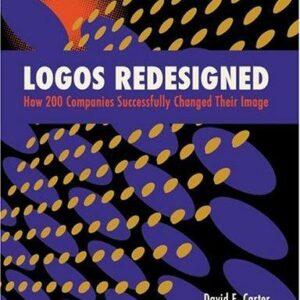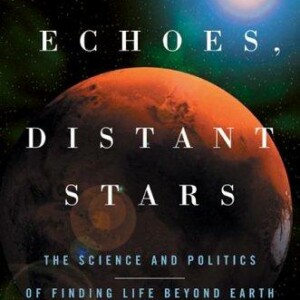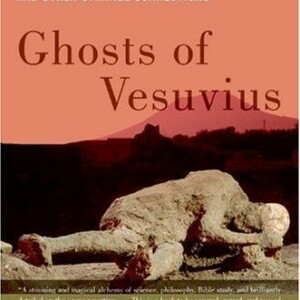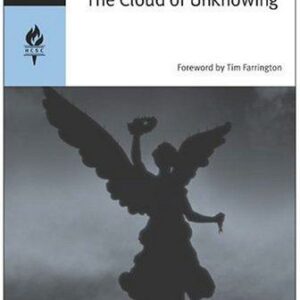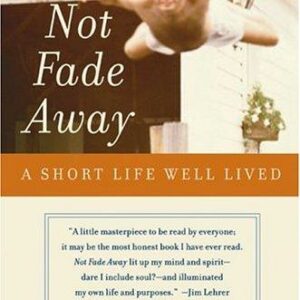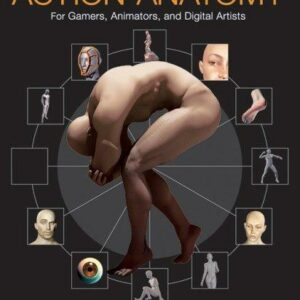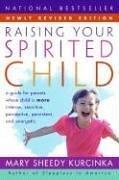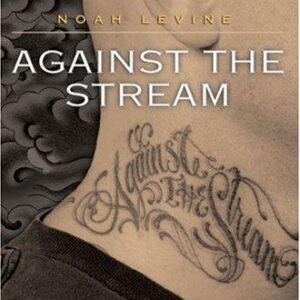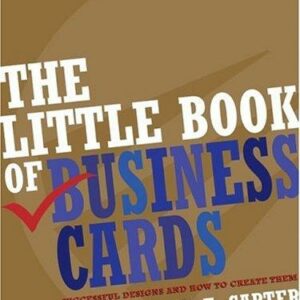On Method Acting
$7.99
| Title | Range | Discount |
|---|---|---|
| Trade Discount | 5 + | 25% |
- Description
- Additional information
Description
Practiced by such actors of stature as Marlon Brando, Robert De Niro, Julie Harris, Dustin Hoffman, and Ellen Burstyn (not to mention the late James Dean) the Method offers a practical application of the renowned Stanislavsky technique.
On Method Acting demystifies the "mysteries" of Method acting — breaking down the various steps into clear and simple terms, including chapters on:
Sense Memory — the most vital component of Method acting
Improvisation — without it, the most integral part of the Method is lost
Animal Exercises — just one way to combat the mental blocks that prevent actors from grasping a character
Creating The Outer Character — so actors can give the freshness of originality to a role while at the same time living the life of the character
On Method Acting is also an indispensable volume for directors, designers, lighting technicians, and anyone in the dramatic arts interested in creating a believable and realistic effect in their productions.Introduction
Upon reaching the end of my writing of this book, I realized that there is much more that could possibly have been said on the subject. I want to say more but at the same time know that one book, or even volumes, cannot say it all; for art grows faster than all the writers of the world can record it. The salient facets of Konstantin Sergeyevich Stanislavsky’s System as it has evolved to us today are the only parts I have discussed in this book. They are the very basis of the modern Method teacher’s way of teaching. Those readers familiar with Stanislavsky’s writings will ask what has happened to other aspects of his teachings. I can only answer that the facets set forth in this book are the ones in general use today by the leading proponents of his system. The rest of his teachings are either incorporated into what I have included or have been dropped because of their impracticality for the Western theatre.
The main facets of the Method as I have outlined them are in fact more than just facets of anything. They are basic principles which should be applied to the personality of the individual actor as well as to his role. I say this because they are sound and healthy principles; ones that if transgressed will stay any creative and artistic progress in the future development of the actor. Also, if any of them are violated, it will mean that the others will soon fall by the wayside. Their interdependency is fairly obvious.
I have broken the Method down into its familiar groupings and tried to present them in a manner easily understood by the layman as well as the serious student of acting.
As for the use of this book, I would say that it is more desirable for an actor who is studying with a Method teacher to use this book either for an easier understanding of his studies or as a reference. This is particularly true for the exercises as outlined, but it can also be used by the person interested in learning what the Method is all about. So much has been said and written about it, usually by people who are prone to criticize something they regard as mystical, something they do not understand and have not taken the time to learn.
All books by Stanislavsky should be read by the serious acting student. An intellectual understanding of his system is necessary, but also an understanding of why there have been changes in it is equally important. However, an intellectual understanding is hardly enough. It must be applied, but this cannot be done without first learning how to apply it. This can only be done with the aid of a teacher who adheres to all facets of Stanislavsky’s system as they have evolved; a teacher who conducts regular classes that will train and develop the actor’s instrument. It definitely cannot be studied alone, unfortunately, and for this reason classes are necessary.
Just as this book is not meant to be a definitive analysis of the Method, neither is the Method meant to be a definitive end to learning how to act. Some say the Method has more benefits for the professional and experienced actor than for the beginner (the one who knows he can act because he has been doing it for so many years). Others say that the student who begins his studies with a Method teacher, without having first learned other techniques of acting from schools with an opposite point of view from ours, will benefit more because he does not have to tear down all the falsities in acting which he has previously learned. I say it clearly depends upon the individual, his trust in the Method, his teacher and his desire to learn.
Throughout this book I have perhaps let my personal feelings interject themselves with regard to proponents of other systems and techniques of acting. I freely admit that this is subjectivity on my part, but I have also tried to point up the faults of some Method actors and some faults easily slipped into by Method actors. God knows, there is nothing more reviling to watch than an actor who is obviously a Method actor!
A case in point concerns an actor, who, incidentally, has always been a favorite of mine and I still regard him as one of the great talents of the day. However, he too let himself be carried away in his “realistic” interpretation of a role. This sometimes happens to us. I am sure that it was his fervor for realism that led him astray from the author’s lines.
A few years ago this particular actor was doing the title role in a New York production of Shakespeare’s King Lear. His performance was breathtakingly perceptive to a point, but it was here that he veered from the tasks he had set for himself with what appeared to be done only as a vain attempt at originality. It was enough to destroy any reality previously formulated by those watching. It happened in the scene after the death of Cordelia. Lear, on seeing her body, cries in a grief stricken voice, “Why should a dog, a horse, a rat have life and thou no breath at all?—Thou’lt come no more.” Then he utters his towering, fivefold, “never, never, never, never, never!”
However, when our friend got to the fifth “never” he spelled it out, “n-e-v-e-r.”
Now this only serves to show how some Method actors let themselves be carried away by a sincere desire to be original. Clearly this reading of such a powerful and rather difficult speech was not intended to be done this way by Shakespeare or he would have said so. Even though it could have been read this way by any actor, it was read that way by a Method actor who was definitely influenced in a rather distorted manner by his way of teaching. Any perceptive person will realize that this could happen to anybody, but at the same time points up the need to keep a clear picture of the purpose of the Method. It was never designed to be the answer to all acting problems as most of these lie with the outside forces that steer the course of events in the theatre world.
It can help those problems which lie within the actor’s personality but only if he honestly wants to be helped. Again, the Method is not the final result in acting, only the path to be taken to reach the pinnacle in his art.
US
Additional information
| Dimensions | 0.5300 × 4.1800 × 6.6900 in |
|---|---|
| Imprint | |
| Format | |
| ISBN-13 | |
| ISBN-10 | |
| Author | |
| Audience | |
| BISAC | |
| Subjects | actor gifts, how to, reference book, style, self esteem, Theater books, reference guide, sales, self development, acting, stocking stuffers for adults, art, reference books, LAN026000, acting books, gifts for actors, acting for young actors, books on acting, method acting, practical handbook for the actor, acting book, public speaking, self improvement, REF015000, psychology, business, self help, organization, improvement, work, writing, Film, philosophy, gifts, guide, communication, leadership, creativity, actor, career, Fear, confidence |


